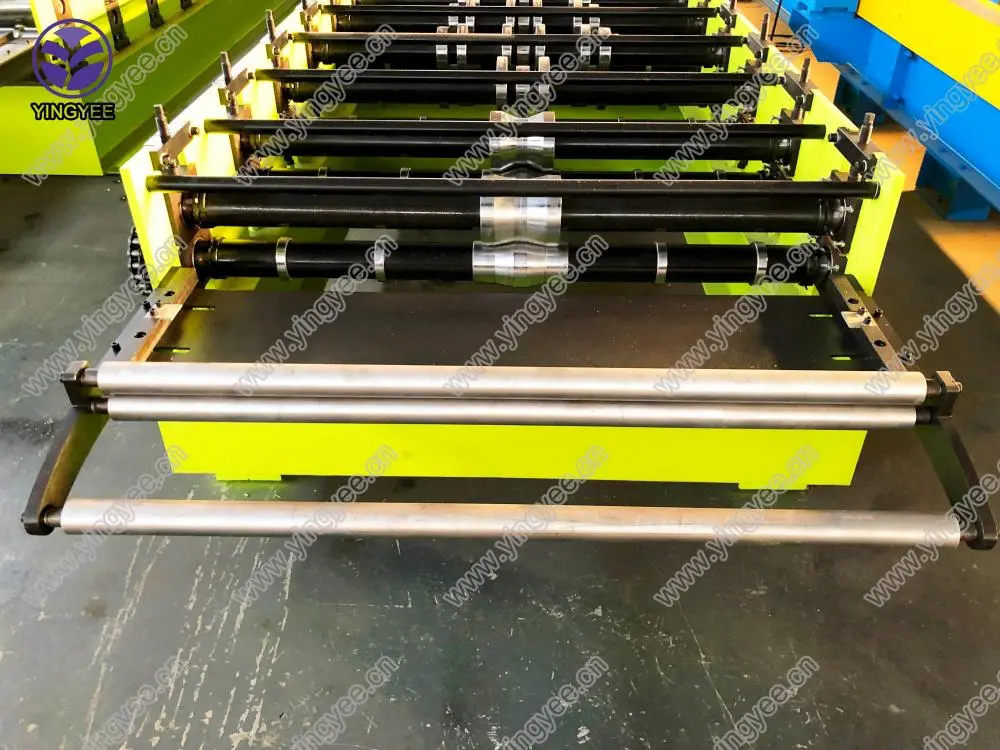
The Evolution and Importance of Welded Tube Mills
The welded tube mill is a critical piece of equipment used in the manufacture of welded steel tubes, which find applications in various industries ranging from construction to automotive and furniture. The production process involves transforming flat steel sheets into a tubular shape, welding the edges together, and subsequently finishing the tube to meet specific standards. This article explores the evolution, functionality, and significance of welded tube mills in modern manufacturing.
Historical Context
Welding has been a fundamental part of metalworking for centuries, but the specific process of creating welded tubes began to gain traction in the late 19th century. Initially, the technology used for welding was basic, relying heavily on manual techniques that were time-consuming and often led to variations in quality. However, the development of electric resistance welding (ERW) in the 1920s marked a turning point. This method allowed for a more efficient and consistent way to weld metal sheets, setting the stage for modern welded tube mills.
How Welded Tube Mills Work
Welded tube mills are designed to produce tubes through a continuous process. The process begins with a coil of flat steel sheet, which is fed into the mill. As the coil passes through various forming rolls, it is gradually shaped into a cylindrical form. The edges of the strip are then heated using electric resistance welding, causing the metal to melt slightly and fuse together. This produces a strong, seamless tube that can withstand significant pressure and stress.
Once the tube is formed, it goes through several finishing processes, including sizing, cutting, and surface treatment. Sizing ensures that the tube meets specific dimensions, while cutting divides the long tube into manageable lengths. Surface treatments, which may include galvanization or coating, enhance the tube's resistance to corrosion and improve its aesthetic appeal.
Advantages of Welded Tube Mills

One of the main advantages of welded tube mills is their efficiency. The continuous nature of the process allows manufacturers to produce long lengths of tubing, reducing production costs and time. With advancements in technology, modern welded tube mills can operate at impressive speeds, making it feasible to meet vast market demands.
Quality control is another important aspect of welded tube mills. Continuous monitoring systems help ensure that the welded seams and finished tubes meet industry standards. Moreover, the use of automated systems minimizes human error, resulting in a more consistent product.
Welded tubes are often preferred over seamless tubes due to their cost-effectiveness and versatility. They can be manufactured in a wide range of sizes, thicknesses, and materials, making them suitable for a variety of applications. From structural components in buildings to fluid transportation systems, welded tubes play a crucial role in modern infrastructure.
Environmental Impact
As concerns about sustainability and environmental impact become more prevalent, the welded tube manufacturing industry is adapting. Many manufacturers are implementing eco-friendly practices such as recycling scrap metal, using energy-efficient machinery, and reducing emissions during the production process. This not only helps in adhering to environmental regulations but also improves the overall sustainability of the manufacturing practice.
Conclusion
In conclusion, welded tube mills represent a significant technological advancement in the field of metal manufacturing. Their evolution from manual welding techniques to high-speed, automated systems has revolutionized the industry. The advantages they offer in terms of efficiency, quality, and versatility make welded tubes an indispensable element in various sectors. As the industry continues to adapt to new challenges, the future of welded tube mills looks promising, with ongoing innovations poised to enhance production methods while minimizing environmental impacts. With their integral role in modern manufacturing, welded tube mills are more than just machines; they are vital contributors to the backbone of global infrastructure.